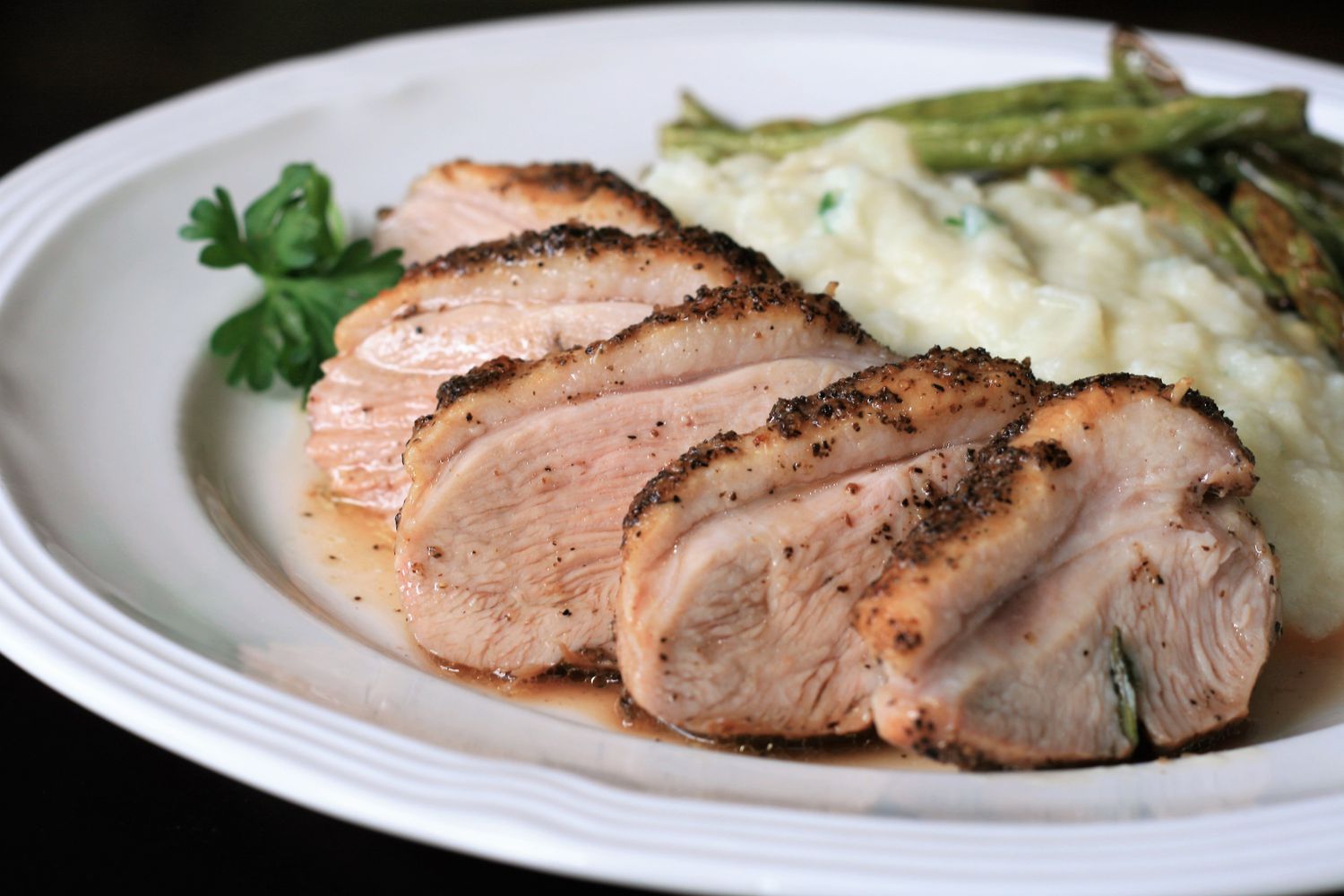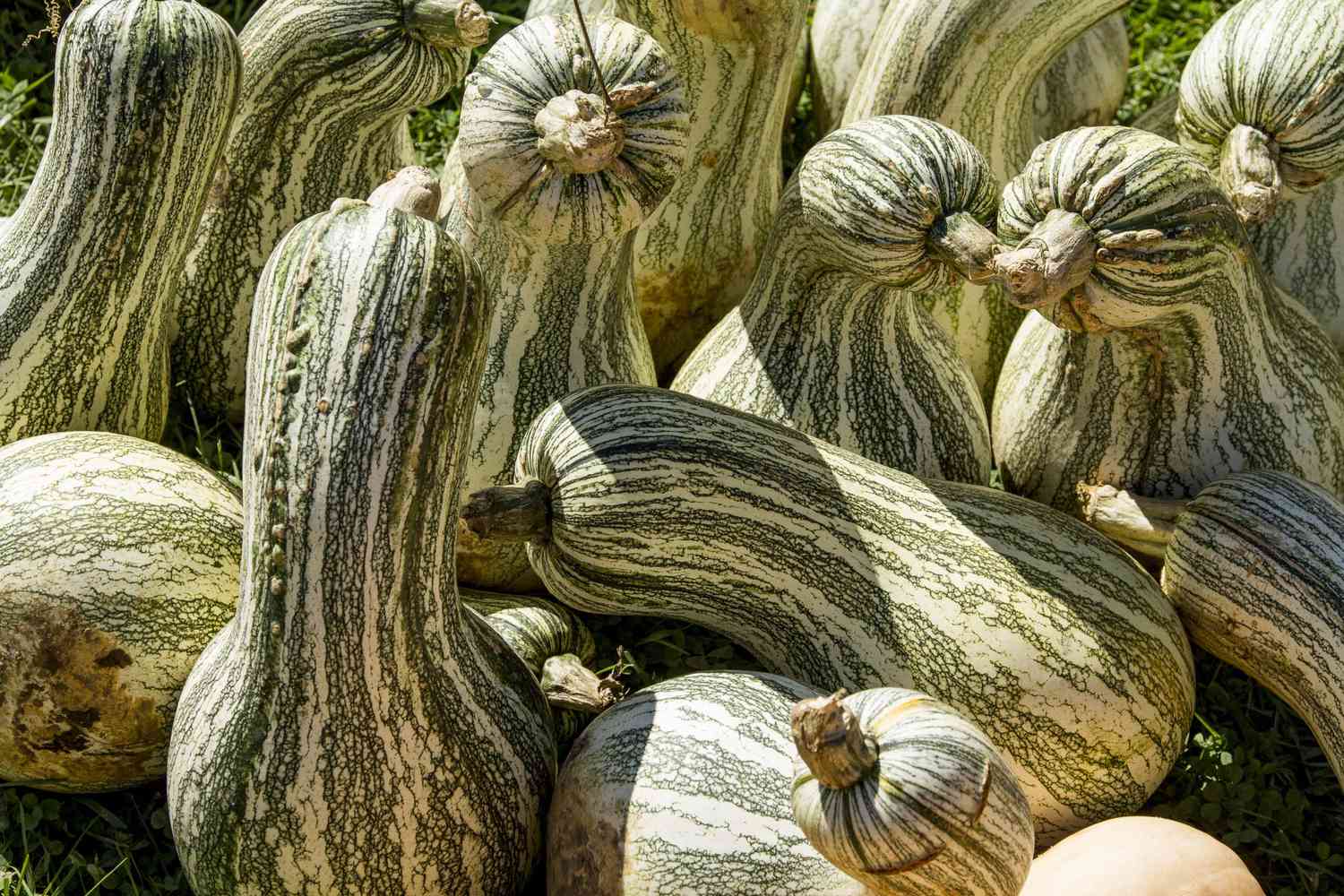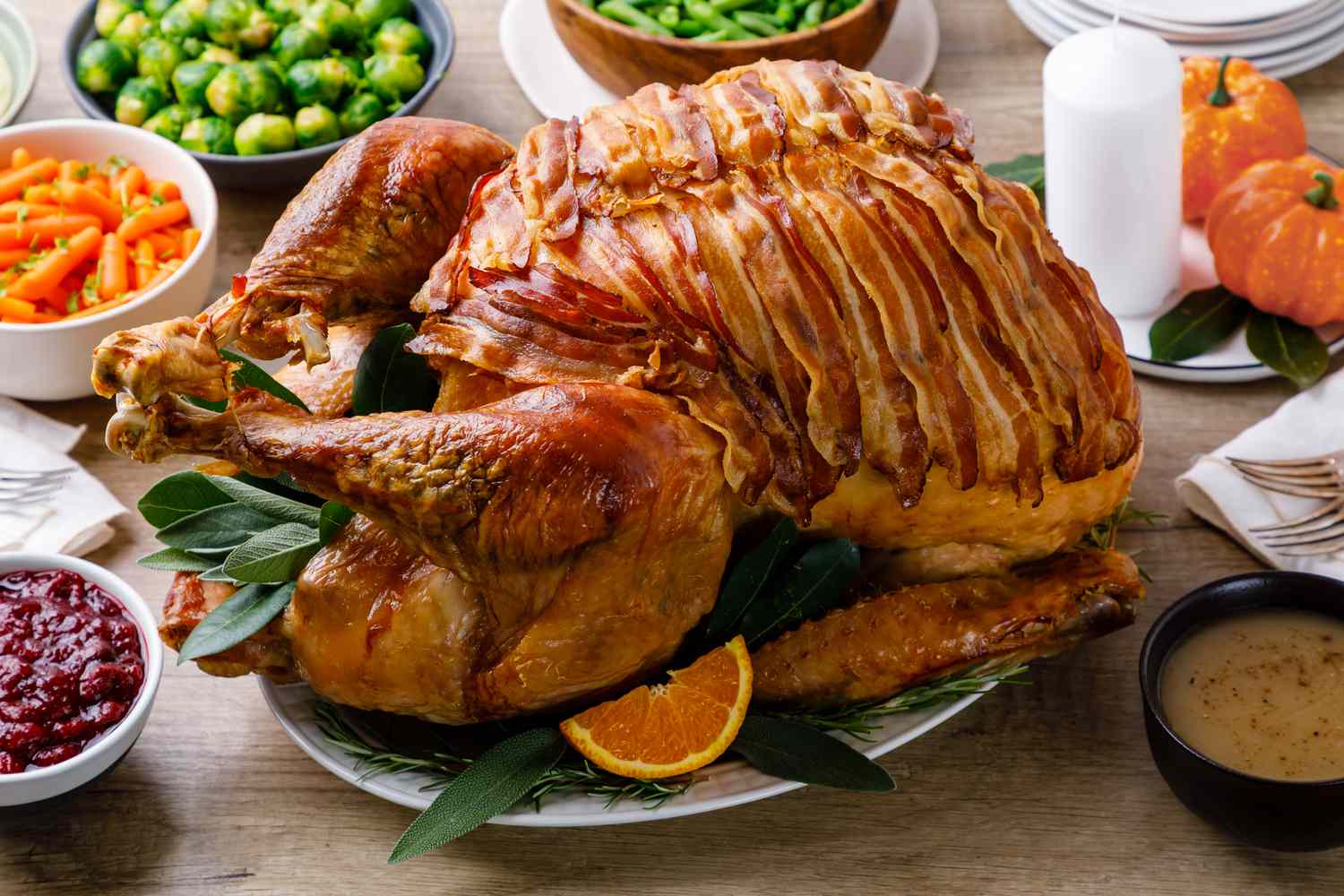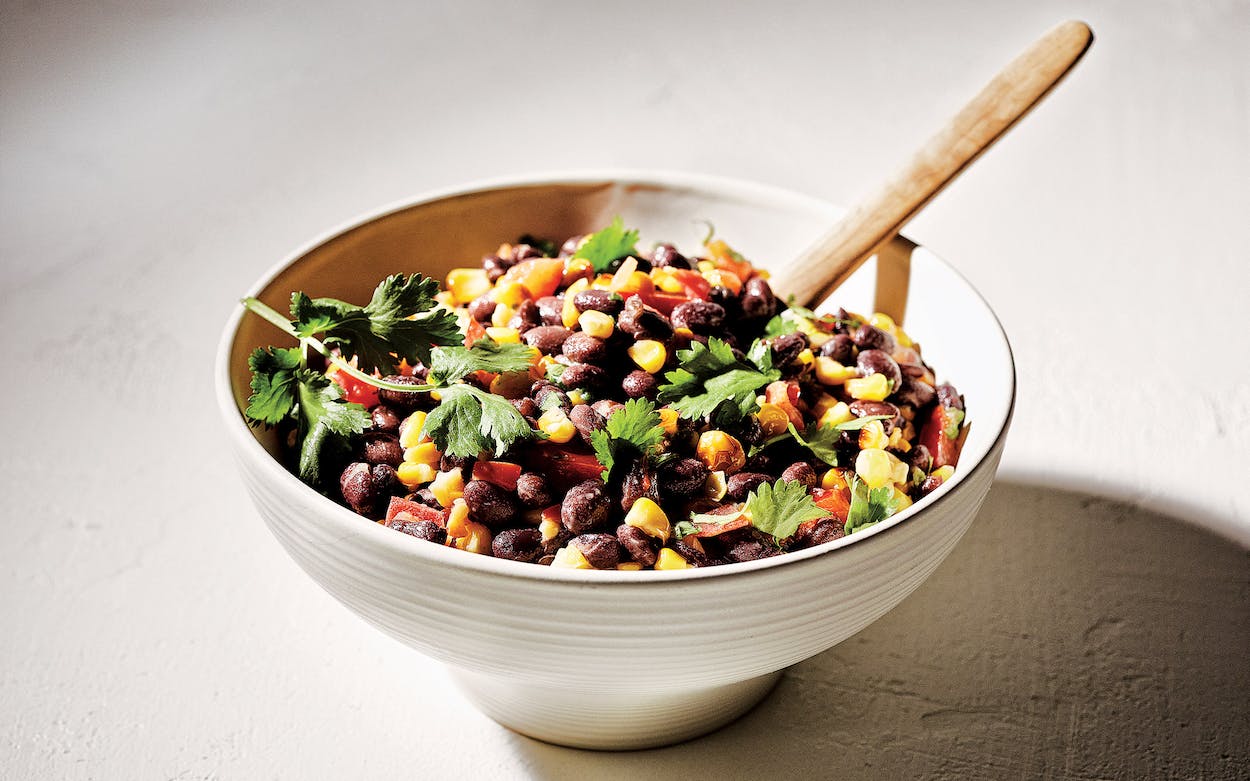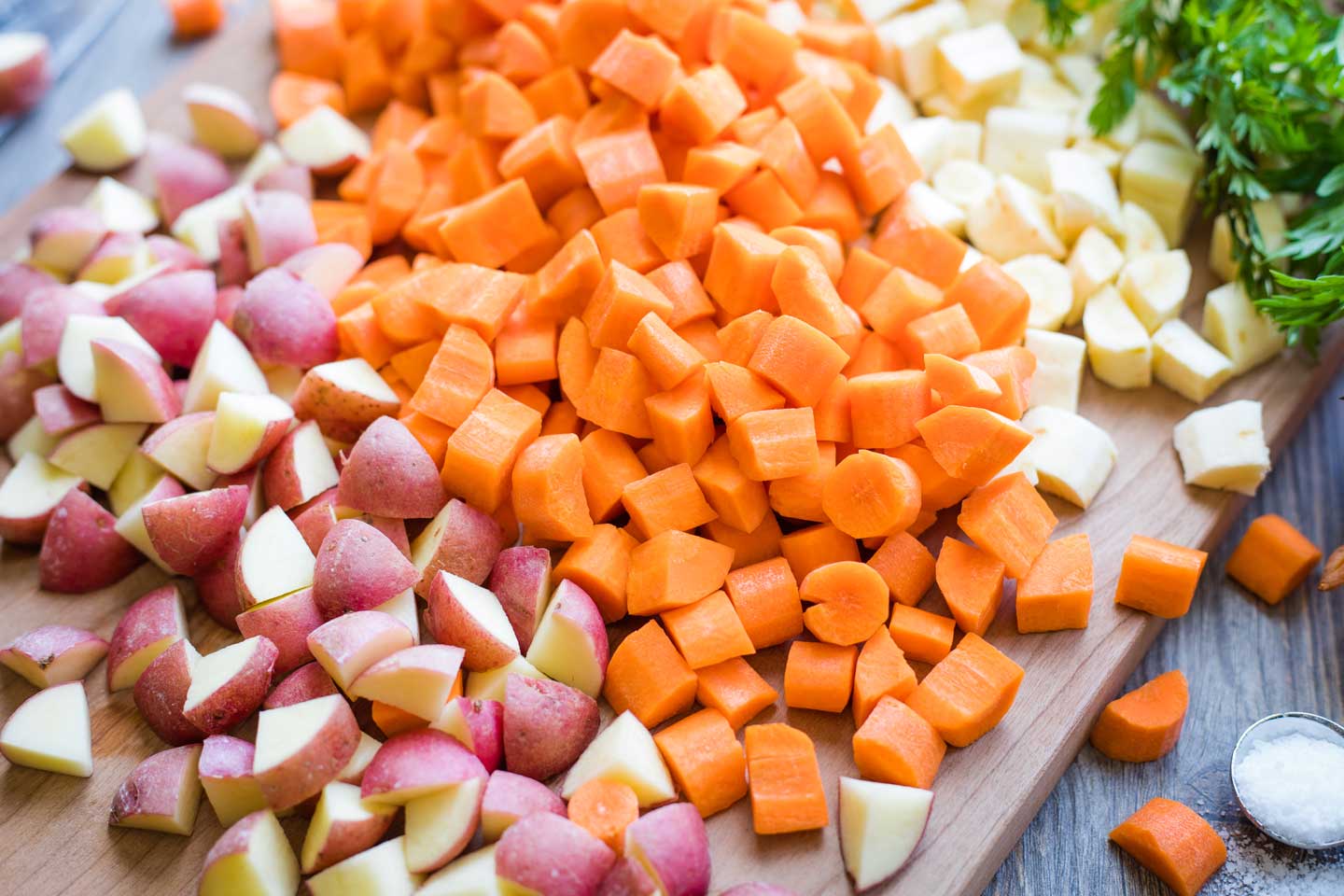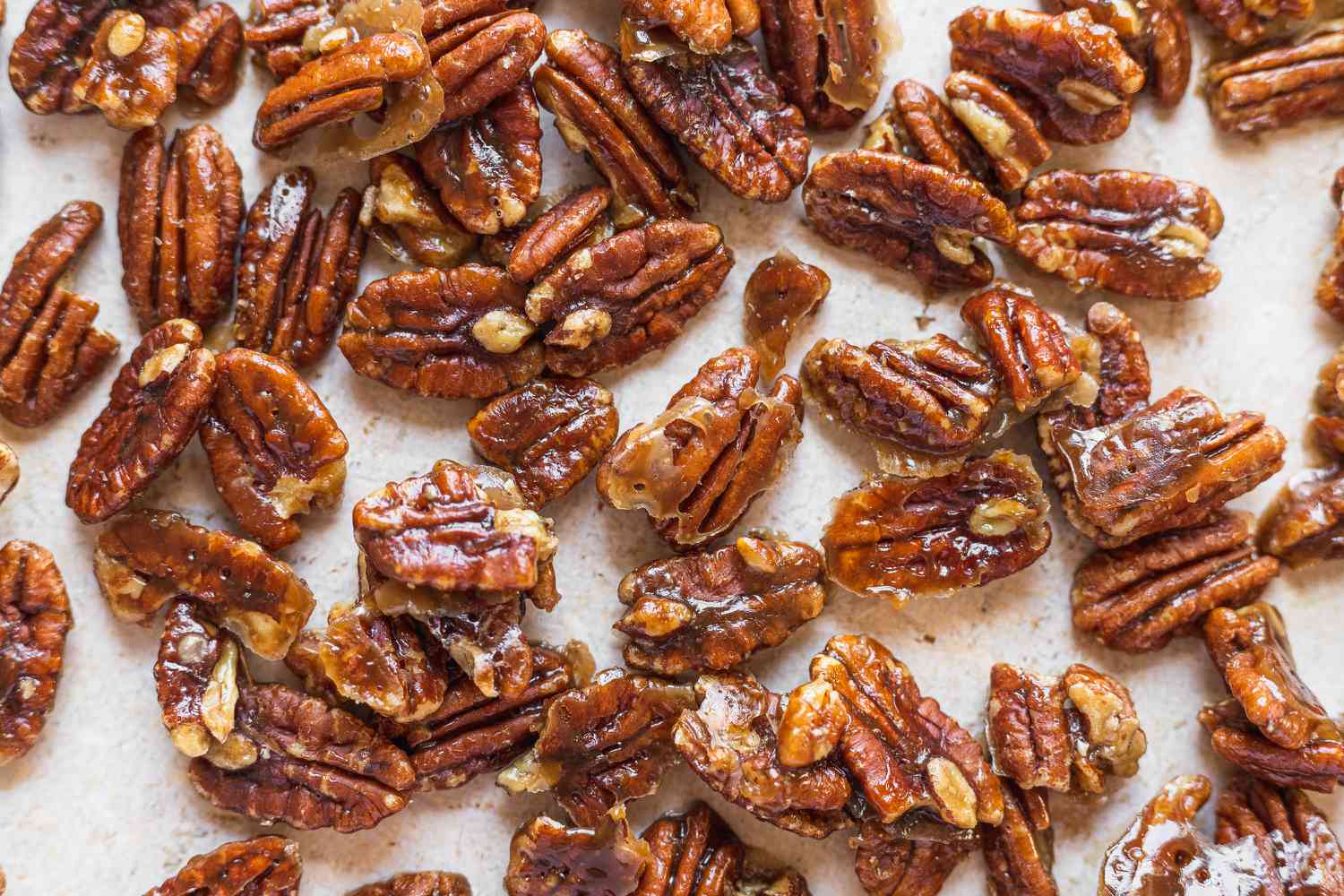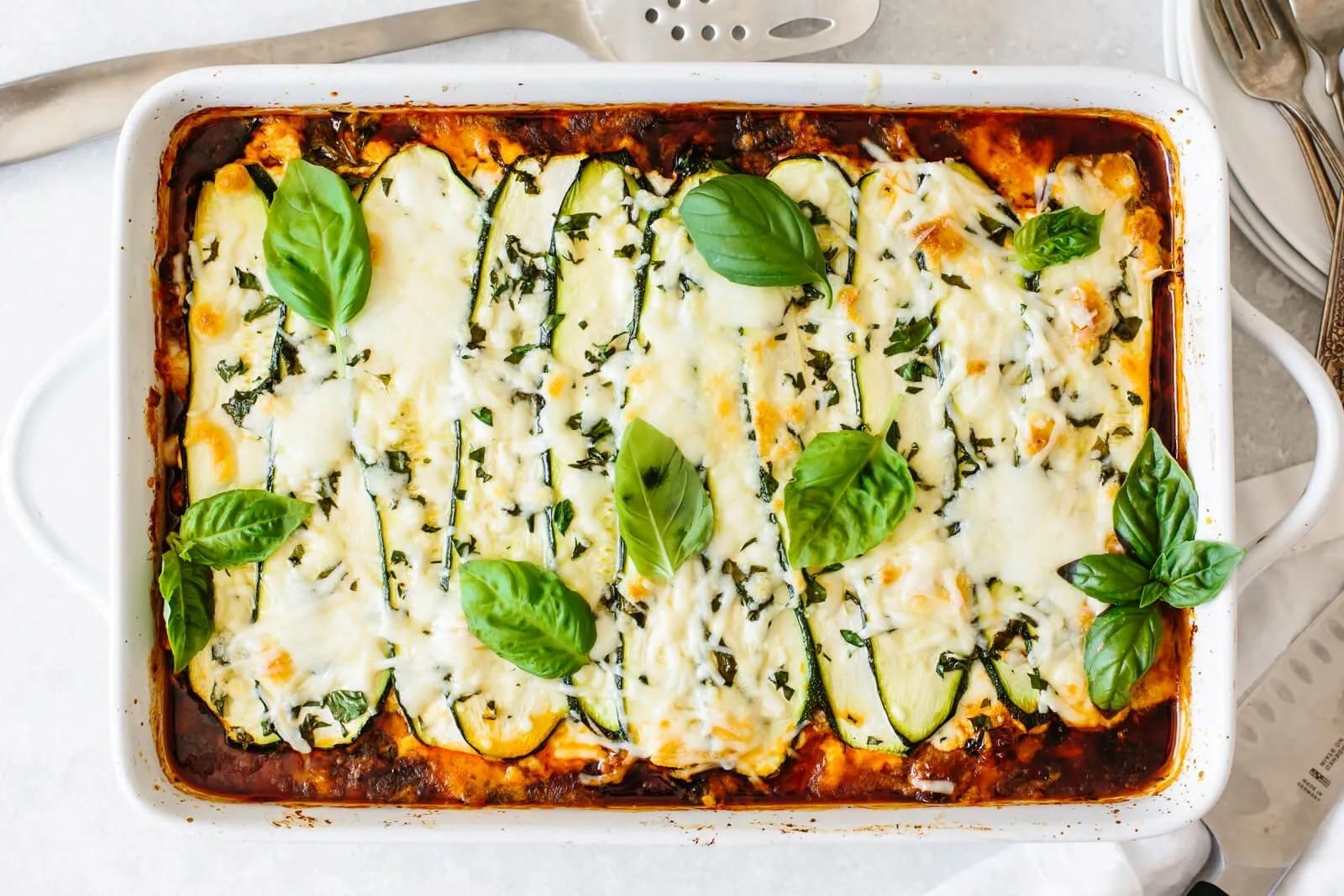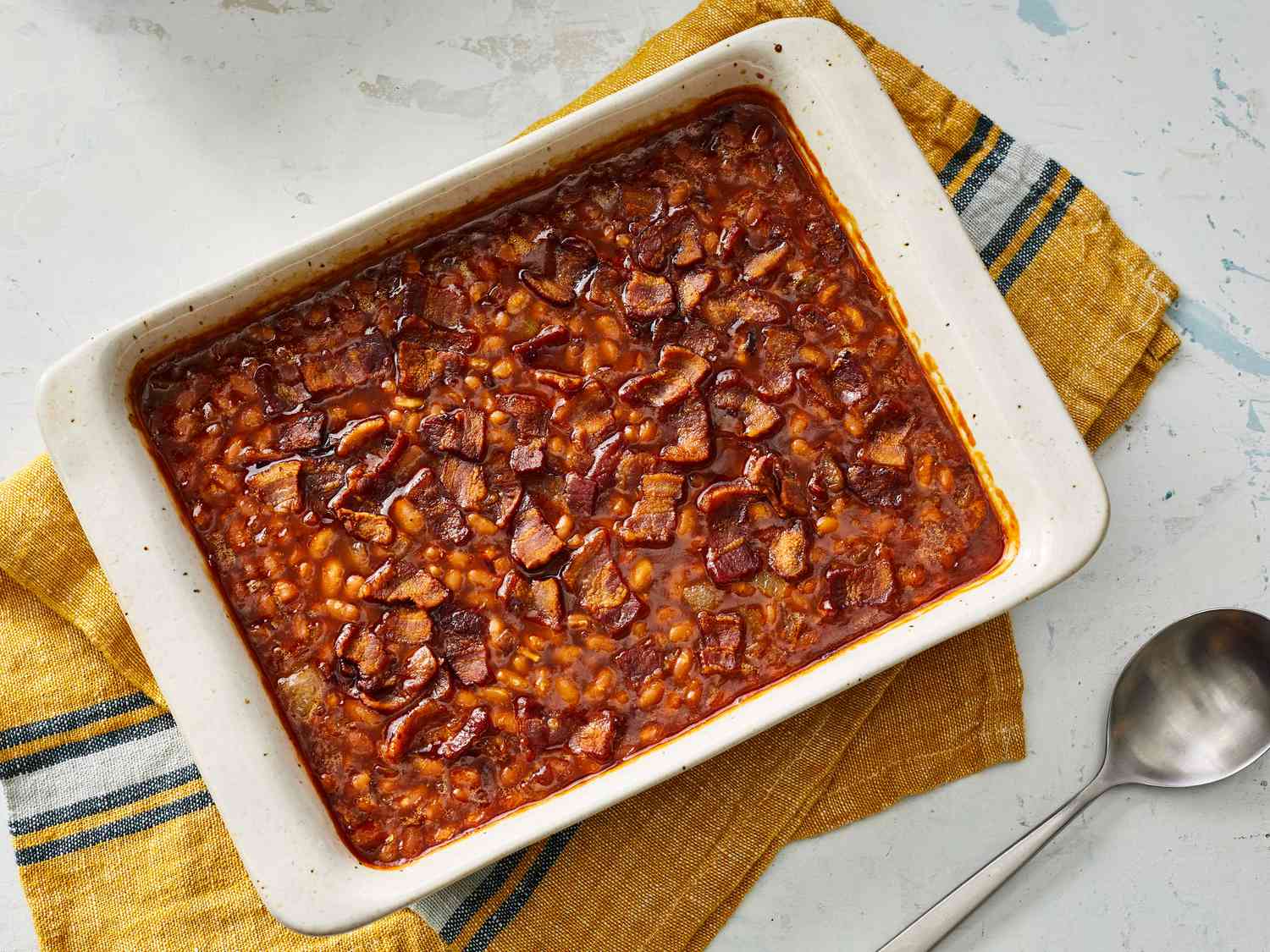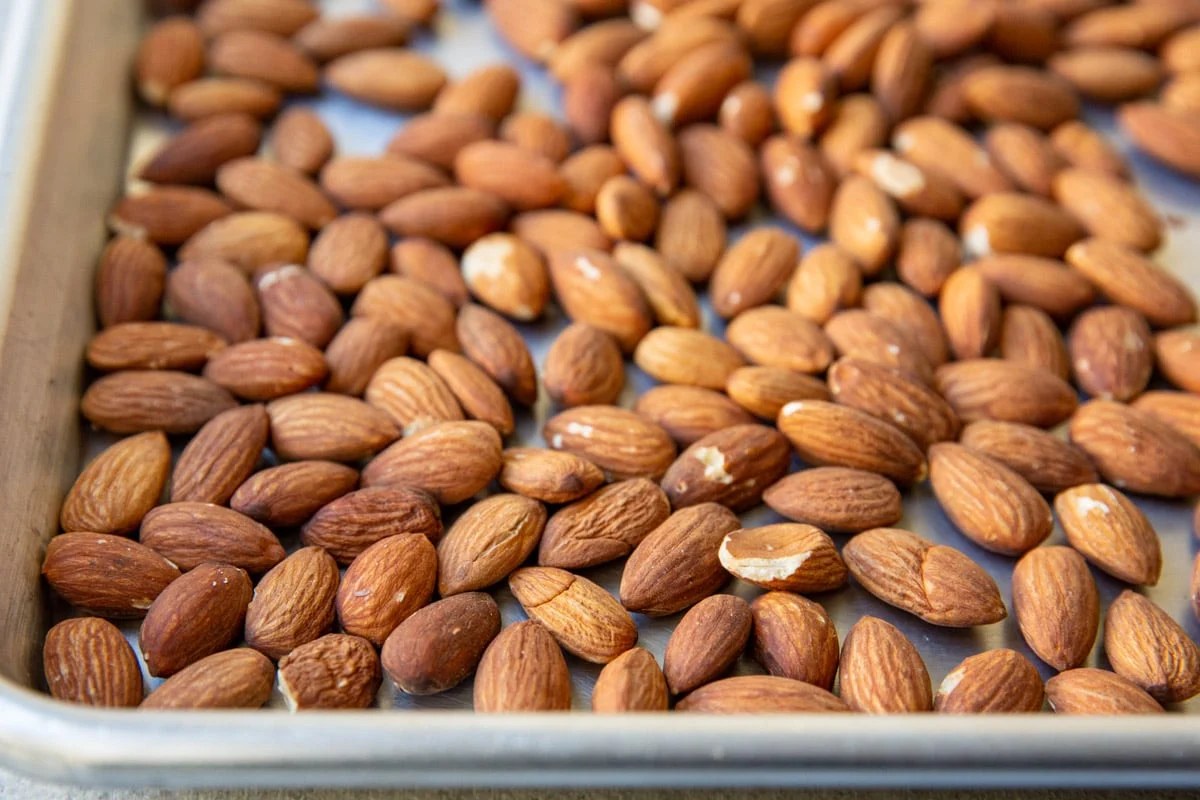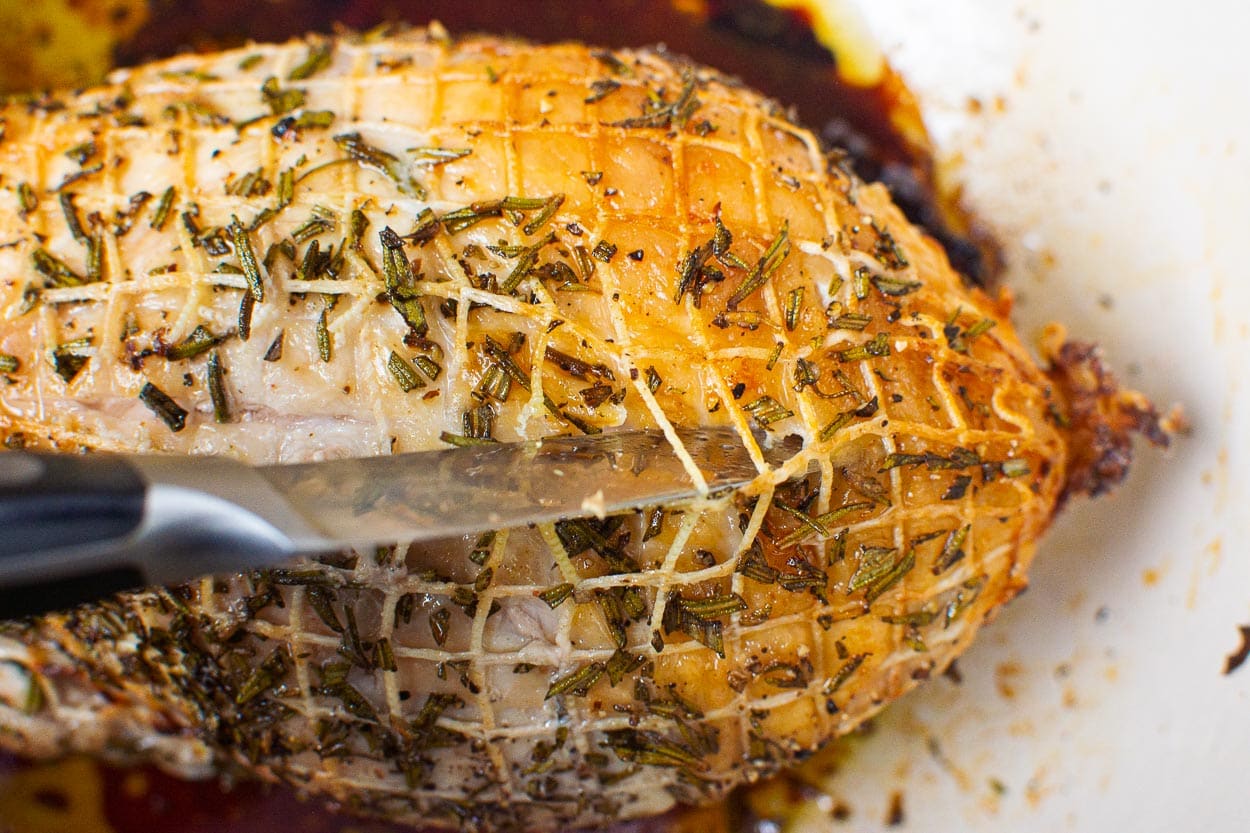How to Roast Fall and Winter Vegetables
Fall and winter bring an abundance of delicious seasonal vegetables that are perfect for roasting. Roasting vegetables helps to bring out their natural sweetness and adds a comforting touch to your meals. Whether you’re a seasoned home cook or a beginner in the kitchen, here are some tips to help you roast fall and winter vegetables to perfection.
1. Choose the Right Vegetables:
Not all vegetables are created equal when it comes to roasting. Some vegetables that thrive in the fall and winter months include butternut squash, sweet potatoes, Brussels sprouts, carrots, parsnips, and beets. They all have hearty flavors and textures that make them ideal for roasting. Try to use a variety of vegetables to add color and diversity to your roasted dish.
2. Prep and Season:
Before roasting, be sure to wash and peel the vegetables as needed. Cut them into even-sized pieces so that they cook evenly. You can opt for cubes, wedges, or slices, depending on the vegetable. Toss the vegetables in olive oil to prevent them from sticking to the pan and to help them develop a crispy exterior. Season with salt, pepper, and any additional herbs or spices of your choice. Rosemary, thyme, garlic powder, and paprika are all great options for adding flavor.
3. Mind the Temperature and Time:
Preheat your oven to around 400°F (200°C). This temperature allows the vegetables to roast evenly without burning. The roasting time will vary depending on the vegetable and the size of the pieces. Generally, vegetables like Brussels sprouts and carrots take around 20-25 minutes to roast, while denser vegetables like butternut squash and beets may require 30-40 minutes. Keep an eye on them and gently toss halfway to ensure even cooking.
4. Get Creative:
Don’t be afraid to get creative with your roasted vegetable dishes. Try adding some chopped bacon, crumbled feta cheese, or toasted nuts like pecans or walnuts for added texture and flavor. You can also drizzle a balsamic glaze or honey over the vegetables before serving to take them to the next level. The possibilities are endless when it comes to customizing your roasted vegetable creations.
5. Serve and Enjoy:
Once your vegetables are beautifully roasted and tender, it’s time to dig in. Roasted fall and winter vegetables make a delicious side dish for any meal. They pair well with roasted meats, grilled chicken, or even as a standalone vegetarian option. Experiment with different seasonings and combinations until you find your favorite flavor profiles.
Roasting fall and winter vegetables is a simple and satisfying way to elevate your meals during the colder months. With these tips in mind, you’ll be well on your way to creating delicious and nutritious roasted vegetable dishes that will warm your heart and please your taste buds.
Happy roasting!
